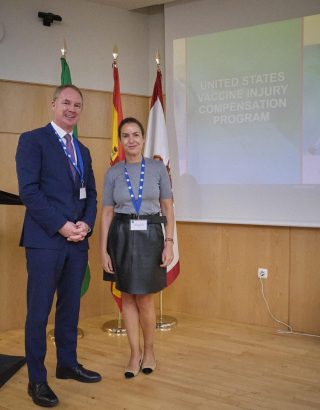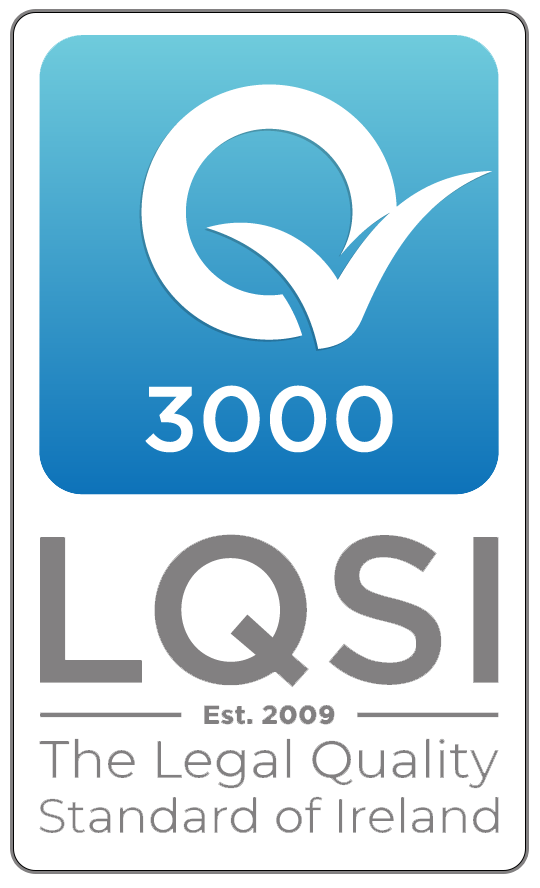What is SIRVA?
Shoulder injury related to vaccine administration (SIRVA) is a preventable occurrence caused by the injection of a vaccine into the shoulder capsule rather than the deltoid muscle. SIRVA occurs as a result of a vaccine needle being inserted too high and too deep, specifically at the top third of the deltoid muscle, penetrating through the muscle into the sub-deltoid, sub-acromial bursa, the rotator cuff and/or underlying bone.
In the presence of a full-thickness rotator cuff tear, vaccine injected into the sub-deltoid / sub-acromial bursa can end up in the glenohumeral joint. Subsequently the vaccine interacts with antibodies from a prior vaccination resulting in a robust inflammatory response and a range of findings including pain, loss of ROM, sub-acromial bursitis and rotator cuff tendinopathy.
As a result, inflammation of the shoulder structures causes patients to experience pain, decreased range of motion and a decreased quality of life.
SIRVA is defined by the Health Resources and Services Administration as shoulder pain with limited range of motion (ROM) occurring within 48 hours following a vaccination in someone with no prior history of pain, inflammation or dysfunction of the affected shoulder.
Doctors can mitigate the risk of SIRVA occurring by adopting proper land-marking and injection techniques. SIRVA rarely occurs, but it is the number one vaccine-related problem for which claimants seek compensation through the federal No-Fault Vaccine Injury Compensation Programme in the United States. In 2016 there were 446 such claims made.

What are the symptoms of SIRVA?
The main symptoms include persistent shoulder pain and a limited range of motion. The keys to identifying a SIRVA injury are that the symptoms typically begin within 48 hours of vaccine administration and they do not then improve with over-the-counter analgesic medication. Patients often visit their doctors months later because they are not able to carry out daily tasks that were possible before the vaccination. These patients are often diagnosed with inflammatory conditions such as bursitis, rotator cuff tears and adhesive capsulitis.
During physical examination and on ultrasound scans, SIRVA will not appear to be any different from routine shoulder injuries. The only difference is that the shoulder symptoms will have started within days of the vaccination. Therefore, shoulder injury related to vaccine administration is a term that describes improper land-marking of vaccinations that result in shoulder injuries such as adhesive capsulitis or bursitis. Treatment for a SIRVA injury is the same as treatment for routine inflammatory injuries.
There is little information of the types of vaccines most likely to cause SIRVA, although case reports have been published on many different types of intramuscular vaccines.
Land-marking to prevent SIRVA
Proper land-marking includes determining the injection zone of the deltoid muscle, including the upper and lower borders of a safe injection area. This technique has been developed and recommended by experts in order to avoid injury to the surrounding structures of the deltoid muscles. The upper border is found by measuring 2 to 3 finger widths from the acromion to ensure injection below the shoulder capsule. Two fingers are recommended for those with thicker fingers, and three fingers for those with slender fingers. The lower border is marked by the armpit to ensure the injection is not inserted below the deltoid. The thumb and forefinger are used to make a V to outline the deltoid muscle and keep the injection zone visible, before using the needle to inject at a 90-degree angle.
If inserted outside the injection zone the needle should be pulled out, a fresh needle tip should be applied, and the land-marking should occur again before injection is re-attempted. If a patient reports symptoms of SIRVA, imaging should occur to determine the level and type of damage. A trial of non-steroidal anti-inflammatory drugs should be started, and if this is ineffective, corticosteroid injections into the shoulder with physiotherapy might aid recovery.
SIRVA is not a neurological injury, and abnormalities on neurological examination or nerve condition studies (NCS) and/or electromyographic (EMG) studies would not support SIRVA as a diagnosis. A vaccine recipient should be considered to have suffered SIRVA if such recipient manifests all of the following:
- No prior history of pain, inflammation or dysfunction of the affected shoulder prior to vaccine administration;
- Pain occurring within 48 hours of vaccination;
- Pain and reduced range of motion is limited to the shoulder in which the vaccine was administered;
- No other condition or abnormality is present that would explain the patient’s symptoms (e.g. EMG, NCV or clinical evidence or radiculopathy, brachial neuritis or other neuropathy).
Importance
of needle length
It is recommended that all healthcare professionals who provide injections should make individualised needle-length selection part of their injection administration routine.
Possible grounds of negligence and breach of duty
The possible grounds for pursuing an action for damages for SIRVA injuries would be as follows:
- Failure by the physician to exercise reasonable care in the administration of the vaccine;
- Failure to take reasonable care for the safety and welfare of the patient while they were undergoing the vaccine;
- Failure to exercise reasonable skill, diligence and/or competence in the administration of the vaccine;
- Failure to administer the vaccine competently and/or in a safe manner;
- Failure to administer the vaccine without causing serious injury to the patient;
- Failure to exercise adequate intramuscular and/or safe injection technique;
- Failure to administer the vaccine in accordance with clinical guidelines and/or the manufacturer’s guidelines;
- Breach of the recommended guidelines concerning the administration of the vaccine product;
- Failure to provide vaccine administrators competent in safe injection technique including intramuscular injection technique;
- Failure to inform the patient of the potential risk of physical injury arising from the administration of the vaccine;
- Failure to adequately train the vaccinators in the correct and/or safe administration of the vaccine;
- Failure to adhere to and/or act in accordance with training received for the correct and/or safe administration of the vaccine;
- Failure to select the correct needle length when administering the vaccine.
Conclusion
In summary, SIRVA is a rare but emerging problem that can cause long-term pain and disability and can occur as a result of incorrect vaccine needle placement and injection in the shoulder. SIRVA results from the use of improper – i.e., negligent – administration technique.
Liam Moloney
Moloney Law Firm
This paper and it’s contents were delivered by Liam Moloney at the PEOPIL Annual Conference in Malaga in October 2021. The paper was written or published to promote the taking of vaccine injury cases. Vaccines are safe but in rare occasions people can suffer from significant adverse side effects and in such instances are entitled to investigate whether the harm was caused by a defect in the vaccine or in the manner of it’s administration.












